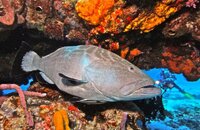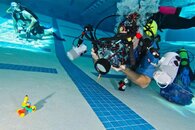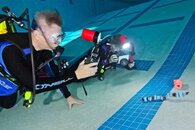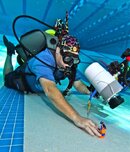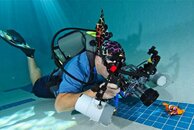BlueDevil
Contributor
I know this is probably a matter of personal preference to a large extent but I am wondering about people's views on wide angle rectilinear lenses versus the barrel distortion of fisheye lenses.
While I quite like images of pier piles taken with a fisheye I find the distortion a 'novelty' that looks okay for some images but I'm not sure I would want that with all my images. The underside of piers certainly look great in a wide angle view, but I think I would prefer wide angle undistorted images most of the time.
Of course the issue is less significant for most natural underwater shots (reef etc) that don't involve straight lines near the edges of the image.
What is your opinion? Is it worth putting up with barrel distortion in some of your photos (eg piers) in order to get the widest possible angle of view? Or do you prefer to get the widest angle rectilinear view and avoid distortion?
While I quite like images of pier piles taken with a fisheye I find the distortion a 'novelty' that looks okay for some images but I'm not sure I would want that with all my images. The underside of piers certainly look great in a wide angle view, but I think I would prefer wide angle undistorted images most of the time.
Of course the issue is less significant for most natural underwater shots (reef etc) that don't involve straight lines near the edges of the image.
What is your opinion? Is it worth putting up with barrel distortion in some of your photos (eg piers) in order to get the widest possible angle of view? Or do you prefer to get the widest angle rectilinear view and avoid distortion?





